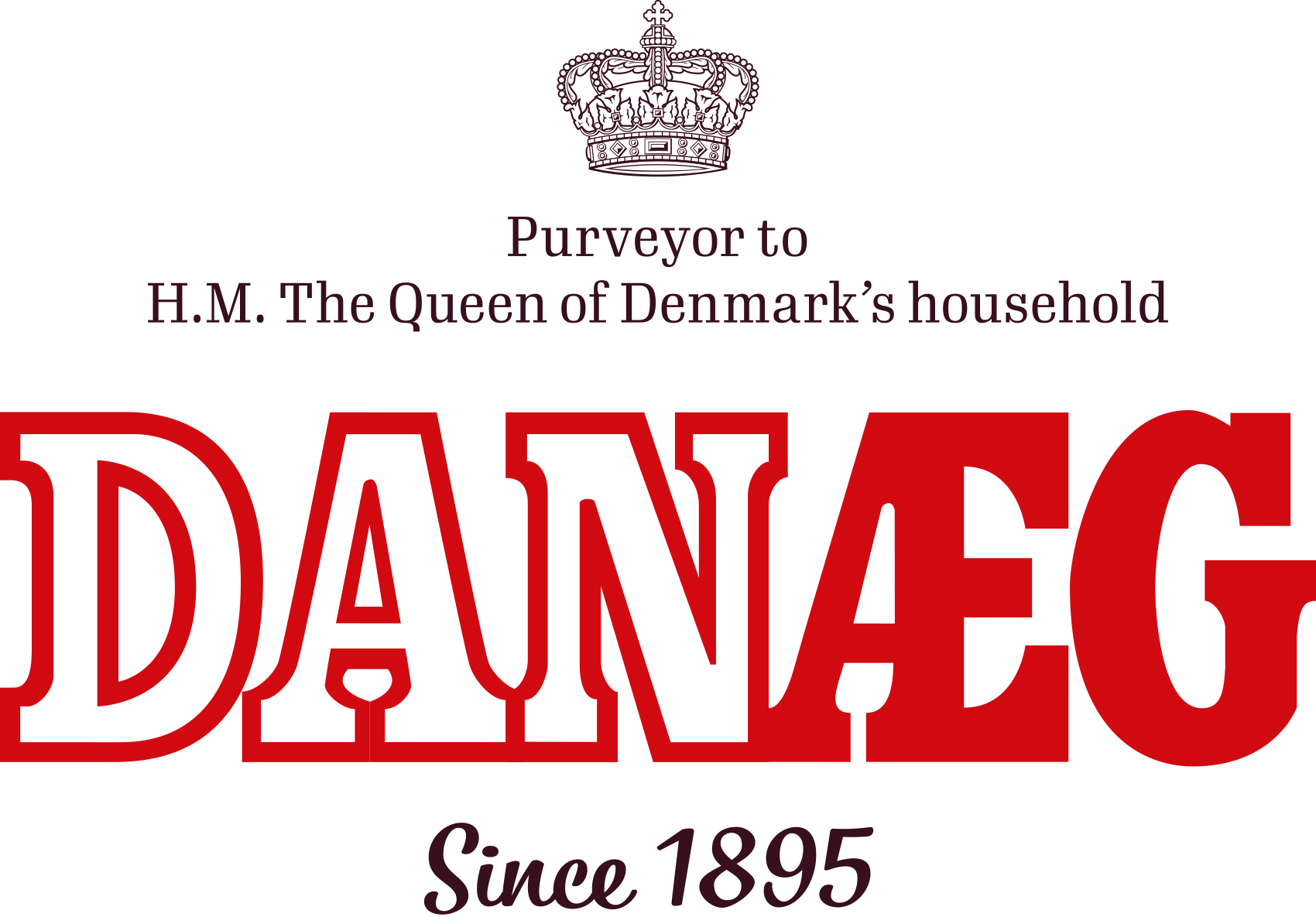Eggs and shelf life
Freshly laid eggs
The shelf life of eggs is different in different countries. In the European Union (EU) it has been decided that eggs are "best before" 28 days after the day they are laid in the barn. But did you know that you can examine the freshness of an egg in different ways? Let us tell you how below.
The plate test
How do I know if the egg is fresh?
A fresh egg can be recognized by the fact that it has a tall and curved egg yolk - and that the egg white is divided in two layers, a thick layer close around the yolk and a thin one at the outer edges.
If the yolk is flat and breaks easily or the egg white is very liquid, there can be two reasons: Either the egg is laid by an older hen - eggs laid by older hens are not as bouncy as eggs laid by younger hens - or the egg isn't that fresh any longer.
28 days in the EU
What is the shelf life of eggs?
The durability of eggs is different in different countries. In the European Union (EU) it has been decided that eggs are "best before" 28 days after the day they are laid in the barn. Many countries outside the EU operate with up to four months of shelf life on eggs. In Hong Kong, for example, it has been decided that eggs have a shelf life of 120 days.
On our egg trays you can always see the date marking. Therefore, we recommend that you store your eggs in the egg tray in the refrigerator - then you always know which date the eggs are "best before".
An egg and a glass of water
How can I check if the egg is fresh?
If you are in doubt about whether your egg is fresh, you can use the classic float test. Fill a glass or bowl with water and put the uncooked egg in it.
If the egg sinks to the bottom, it is fresh. If the egg floats at the surface of the water, it is not that fresh anymore.
